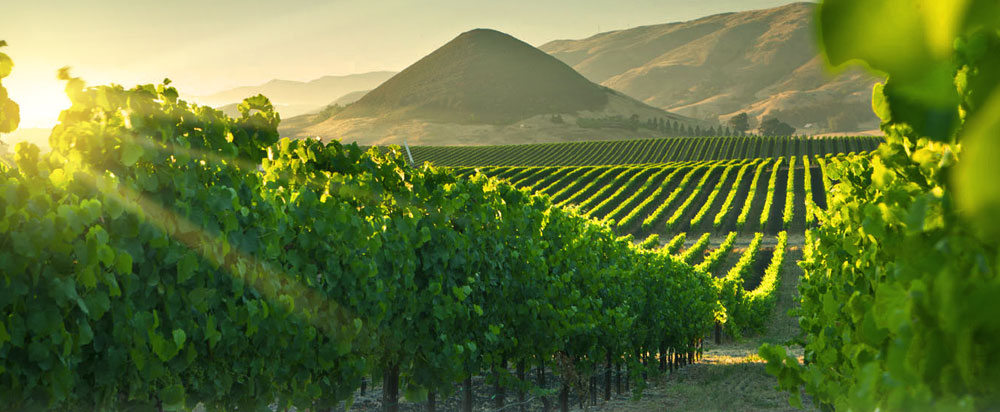Rural folk from four Northern California counties came in mid-April to a magical juncture where the life-giving Russian River empties into the majestic Pacific Ocean. Though the small, unincorporated village of Jenner is a popular recreational destination, pleasure was not the intention.
Our mission was to preserve agrarian lifestyles and environments from further colonization by industrial wineries. Large corporate wineries–owned mainly by outside investors–were the main target.
Water and California’s worsening drought were discussed. Some reported that wells had gone dry after large wineries dug as much as 1000 feet into the ground to extract precious, limited water for their factories.
It takes about 30 gallons of water to make one glass of wine. “Our water is being exported,” reported one person.
“Save water, drink wine” bumper stickers appear on cars and as signs outside wine tasting rooms. Given the large amount of water it takes to make wine, this advertisement is not true.
From Agriculture to Monoculture
Sonoma County currently has 70,000 acres (and growing) of wine grapes and only 12,000 acres of food crops. As grapegrower Bill Shortridge says, “We’ve gone from an agriculture that benefitted all, to a monoculture that benefits a few.” Modifying an old statement, “One cannot live by wine alone.”
So what’s the beef? Big Wine controls around 80% of the market in Sonoma County. They take more than their fair share of the water we all need to survive, garden, hydrate our families, pets, plants, and farm animals.
Forty activists from Napa, Sonoma, Lake, and Mendocino counties circled up outside that afternoon and began describing their diverse local situations. The grill soon started for the potluck. After an hour and a half, “Let’s eat!” could be heard.

